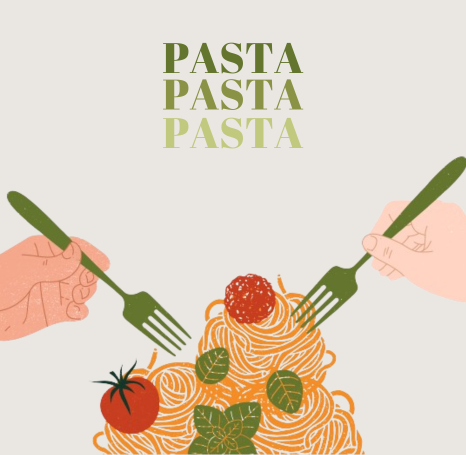
Evolution of Pasta
Evolution of Pasta

Introduction:
Embarking on a culinary journey, the evolution of pasta emerges as a captivating masterpiece that transcends time and borders. From its humble beginnings to achieving the status of a cherished household staple enjoyed by millions worldwide, pasta's fascinating history unfolds. Join us as we delve into the origins, evolution, and global spread of this versatile dish, exploring a rich culinary adventure.
The Origins of Pasta:
Pasta, a beloved Italian creation today, has roots that stretch far beyond the borders of Italy. In ancient times, the Greeks and Romans savored a pasta-like dish made from durum wheat, shaped into long, thin strips, and sun-dried for preservation—ideal sustenance for soldiers and travelers.
In the 8th century, Arab innovators introduced pasta made from semolina, a coarse wheat flour. This marked a turning point, as they also introduced the concept of dried pasta, ensuring longevity and making pasta a cherished culinary delight in the Mediterranean region.
The Evolution of Pasta:
As pasta's popularity surged across Europe, the 14th century saw its introduction to Italy by the Arabs. Italians, renowned for their culinary prowess, eagerly embraced pasta, experimenting with various shapes and sauces. Dried pasta gained favor for its convenient storage and transportation capabilities.
The 18th century witnessed the refinement of pasta-making techniques and the creation of new shapes. Pasta ascended to a gastronomic delight enjoyed by the upper classes. In the 19th century, the invention of pasta-making machines revolutionized the process, making pasta more efficient and affordable, leading to its widespread popularity.
The Spread of Pasta Around the World:
In the late 19th century, Italian immigrants brought their cherished pasta traditions to the United States. During the Great Depression, pasta emerged as a cost-effective and filling meal, gaining prominence in American households. Post-World War II, the global rise of Italian cuisine propelled pasta into the international spotlight, turning it into a beloved staple worldwide.
Cooking Keya Durum Wheat Pasta at Home:
Indulge in the essence of authentic Italian culinary delights with Keya Gourmet Pasta, meticulously crafted from the finest Durum Wheat Semolina. Elevate your dining experience with the exquisite Keya Spirali Fusilli Pasta, offering a versatile canvas to create a myriad of delicious dishes.
Packed with benefits, this pasta boasts high protein content, zero cholesterol, no trans fat, and a low glycemic index, making it a guilt-free and healthy treat for your entire family. Its impeccable shape and size ensure optimal absorption of any sauce or dressing, allowing you to serve up the most delectable pasta dishes.
Embrace the wholesome goodness of Keya Gourmet Pasta, free from preservatives, fillers, additives, anti-caking agents, and MSG. Revel in a zero-cholesterol, trans fat-free culinary experience that aligns perfectly with your commitment to a healthier lifestyle.

Cooking pasta at home is a simple yet rewarding experience. The beauty of pasta lies in its versatility, lending itself to various preparations, from minimalist sauces to elaborate dishes. Here are some tips for a perfect pasta dish at home:
- Utilize a large pot of boiling, generously salted water to flavour the pasta.
- Stir the Keya pasta gently upon adding it to the boiling water to prevent sticking.
- Cook the pasta until it reaches al dente, retaining a firm texture to the bite.
- Drain the pasta and toss it with your preferred sauce.
- Serve immediately, garnished with fresh herbs and grated cheese.


